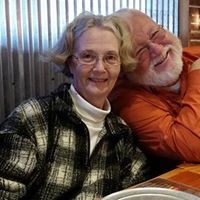During which war was the Star Spangled written?
Francis Scott Key had been on a British Warship having completed the negotiation for a local mayor. The British had just finished burining Washington, D.C. and they decided to not let Mr. Key off the warship because he had seen their preparations to attack Baltimore. The British sailed up to Baltimore and dropped off 4,000 troops to attack the city overland. The problem is that they were met by 20,000 Americans ready to defend the city. The British then decided to sail up the river and shell Baltimore from inside the harbor. However as they sailed up the river to get in firing position they discovered that the Americans had sunk multiple merchant ships across the channel so they could not enter the harbor. They decided to land British Troops close to the city and attack overland. The only problem was Fort McHenry which guarded the entrance to Baltimore Harbor. The British laid outside the Fort's range and shelled it with everything they had. All that Fort McHenry could do was just sit and be shelled. The shelling lasted through the night. The fort had two American Flags, 1 was a small battle flag and 1 was a gigantic Star Spangled Banner. All during the shelling the battle flag flew over the fort. Finally the British gave up on trying to shell the fort into submission and turned and sailed off to recover the toops it had originally used to attack Baltimore but had been repelled by the American Forces. When the fort's commander saw the British leaving he gave the order to strike the small battle flag and to raise the Star Spangled Banner in its place. Francis Scott Key's words are a description of what he observed from the British Warship during the battle. At the time, many Americans considered this as the first time that the United States had defeated the British. So when you sing the National Anthem remember you are honoring the Americans who fought this battle and saved Baltimore.






